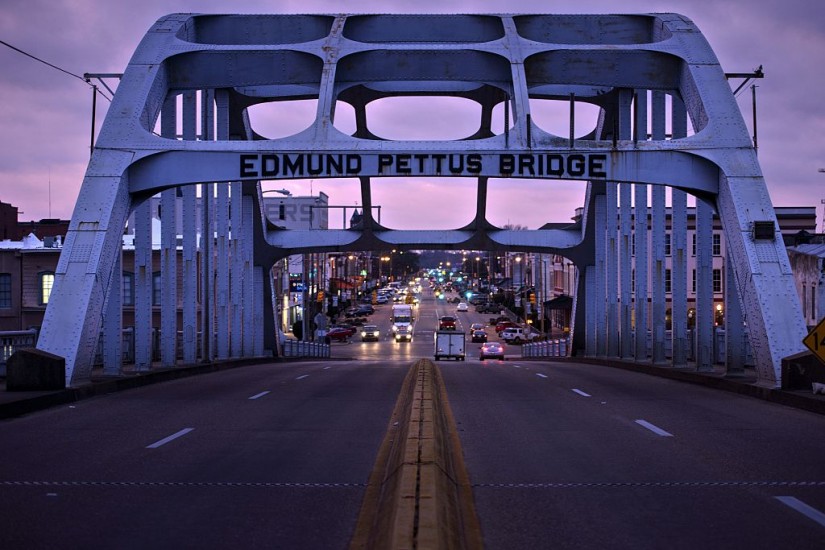While researched and written before Trump’s election, Karlyn Forner’s Why the Vote Wasn’t Enough for Selma, a history of the Alabama city and surrounding Dallas County, seems to appropriately reflect the tenor of our time. Her book begins with the economic distress faced by many African-American residents of Selma, who today constitute almost 80 percent of the city’s population (approximately 19,000 people). According to the Census Bureau’s 2016 estimates, the median household income in Selma is $23,000; 41 percent of its population lives below the poverty line; and only 17 percent hold bachelor’s degrees. This bleak portrait is a far cry from the popular image of Selma—the site of the heroic march on the Edmund Pettus Bridge, a major turning point in the fight for the vote—as a symbol of the civil-rights movement’s triumphs. How could the town whose name became a rallying cry for the federal protection of black people now be home to such intense poverty?
To answer that question, Forner goes as far back as 1901 to offer a long view of the civil-rights movement and to examine both its achievements and the white backlash that counteracted its gains. She maps the transformation of black tenant farmers into low-wage industrial workers and the unemployed, and tracks how local white government officials and businessmen adapted to these changes in order to find new means of profiting from African-American labor while reasserting the South’s racial hierarchies. “Whichever way you look at it,” Forner writes, “the political and economic history of Dallas County doesn’t offer much in the way of prosperity, harmony, and success.”
As a result, Forner’s history is one in which the gains made by the civil-rights movement are almost always outflanked by white supremacists. When African Americans assaulted the racial hierarchy, white citizens time and again shifted their battle to another front where they held the advantage. In response to black residents advocating for desegregation, white citizens attacked them on economic grounds. In response to black residents striking for higher wages, the local government sent in the police. In response to federal voting protections, the local government drew new electoral districts. The rapidly changing terrain of racist and anti-racist politics makes Forner’s book a dizzying read. But by illustrating the protean changes of institutional racism, she captures why systemic change rather than sporadic intervention is the only means for uprooting those institutions that still discriminate against African Americans.
